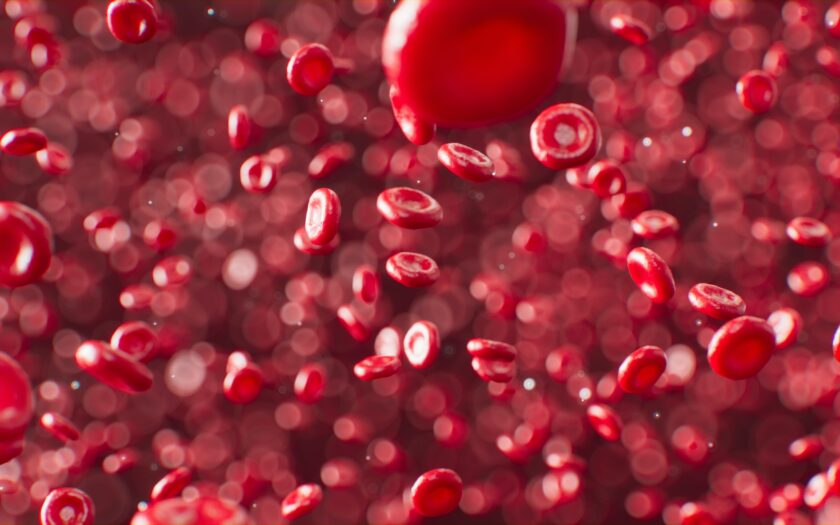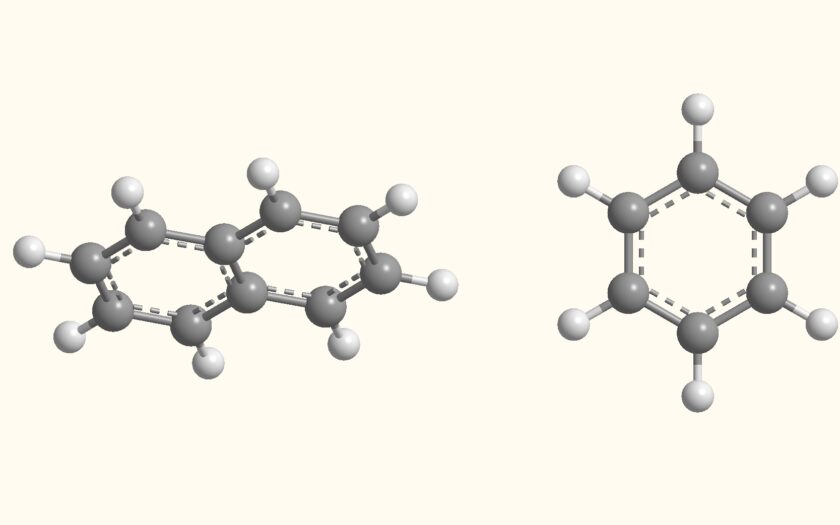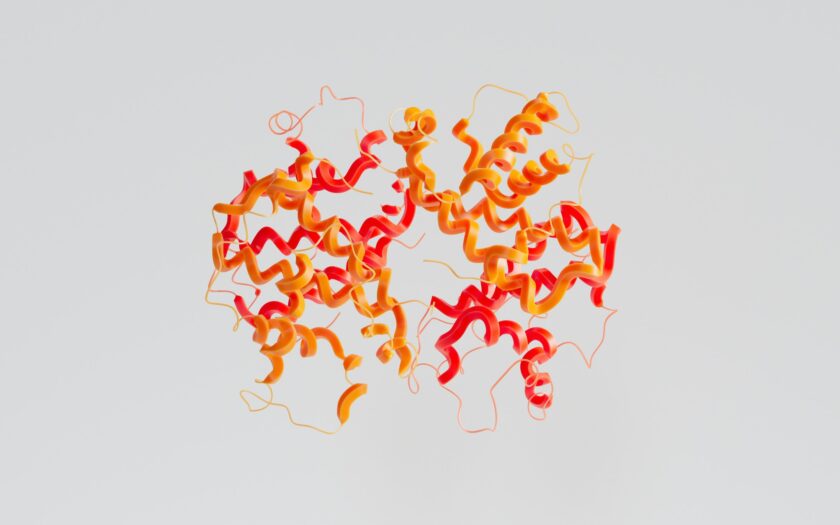The Haldane Effect, named after the Scottish physician John Scott Haldane, is a vital physiological phenomenon that significantly impacts the transport of carbon dioxide (CO2) in the blood. While the Bohr Effect governs the binding …
Continue reading




